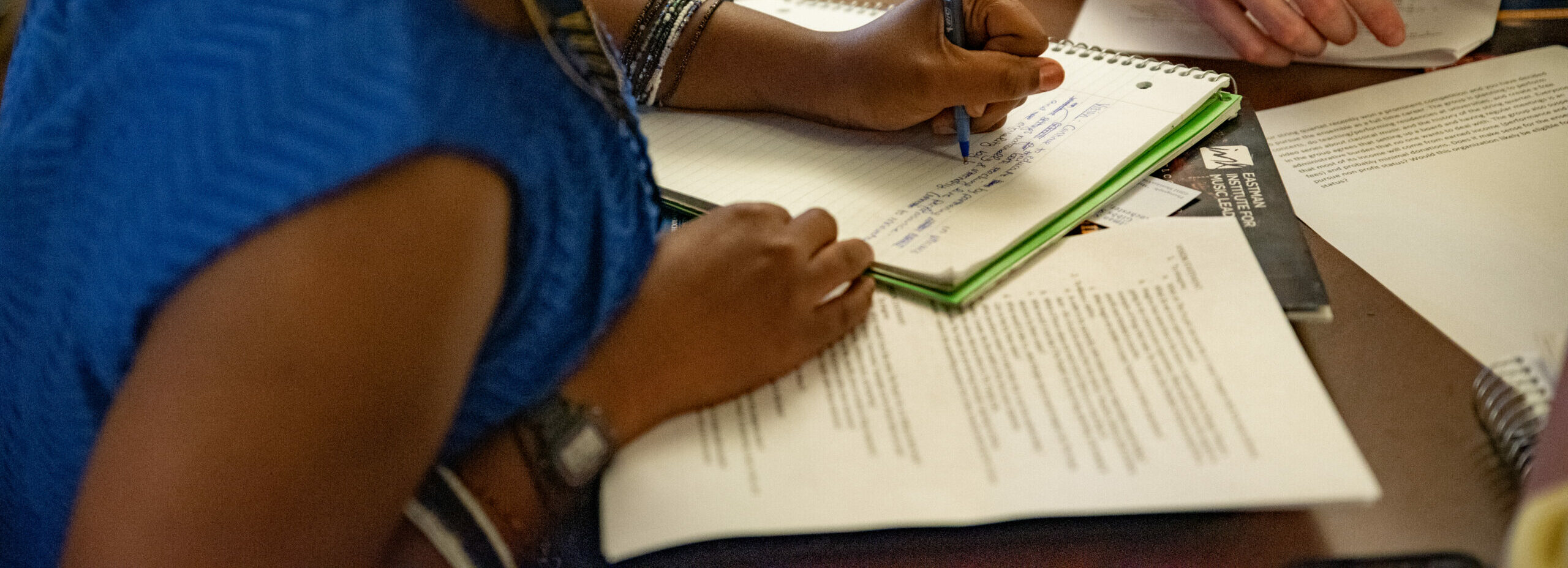Want some feedback on your materials? Current ESM students and alumni within 5 years of graduation can submit their resume or cv below to receive feedback by our Peer Career Advisors. Please expect 5-7 business days for a response.
Need more immediate assistance? Book an appointment!
Overview
What is a Resume & What is Its Purpose?
A résumé selects a handful of experiences and skill sets from your background that are most relevant to a position you are seeking.
Musicians often use two types of resume:
- Regular resumes – A 2-page document that describes responsibilities and accomplishments in various roles. These are used to apply for on campus jobs, internships, teaching positions, and more.
- Performance resumes – A 1-page document summarizing performance experience and awards. These are used to apply to festivals, competitions, or ensemble auditions.
Both resumes are structured by utilizing specific, themed categories, but the amount of detail between the two is drastically different.


What is a CV & What is Its Purpose?
A curriculum vitae (CV) is a document 6+ pages in length that details all experiences, skill-sets, and training you have to offer. In the U.S., CV’s are only used for specific types of jobs. In the music field, only those applying to higher education, conducting positions, or top leadership roles need to create a C.V. Note: Outside of the United States, there is no distinction between a résumé and CV. Only a CV is used.
What Do They Have in Common?
Both documents describe your background, but must be tailored to a particular job you are applying for. An impactful resume or CV will make direct connections between you and the position, increase the potential for an employer to invite you to an interview.
Steps to Writing a Résumé/CV
1. Read Sample Resume/CV’s
Review sample resume/CV’s to better understand the format, category samples, the depth of the bullets, tone, and length.
2. Keep a Running List of Your Experiences
And we mean all types of experiences. Keep a record of jobs, internships, important performances, volunteer, leadership roles, gigs, projects, professional development, research, and hard skill sets (what apps you can use), and more. Updating this frequently makes it easier to tweak resumes as opportunities arise.
3. Write Bullet Descriptions
For large roles (such as jobs and internships, teaching assistantships, student organization leaders, etc.), you will need to describe your role and responsibilities. This is crucial to telling the reader what you have accomplished. Bullets should start with a verb, include data when possible, and be specific.
4. Determine the Type of Document Needed
Depending on the position, you might need a performance-based resume, a regular resume, or a CV. You can even have different themed resume based on your identity (i.e. a public teaching position is different than a marketing intern).
5. Select Relevant Experiences
Resume are limited in length and, therefore, need to focus on experience that is most relevant to the role. Select the experiences from your running list that best align. Even CV’s, which include everything, should be tweaked so it STARTS with examples that demonstrate related experience.
6. Have Someone Read It
We know what we want to say, but sometimes it doesn’t come across that way. Having a friend or colleague read over your materials can help you identify areas of confusion or any mistakes.
Templates, Handbook & Podcast!
For further instruction, please view our Resume and CV Handbooks with samples, our Resume Templates, and our IML Podcast.
“As someone who has recently started applying for academic positions in music, IML advisor’s advice on materials such as my CV, teaching philosophy, diversity statement, and cover letters has been incredibly insightful. They have helped me improve tailoring my writing to each job listing and pointed me toward useful professional development resources and events.”

Elizabeth Crecca, ’21E
DMA in Piano Performance & Literature


